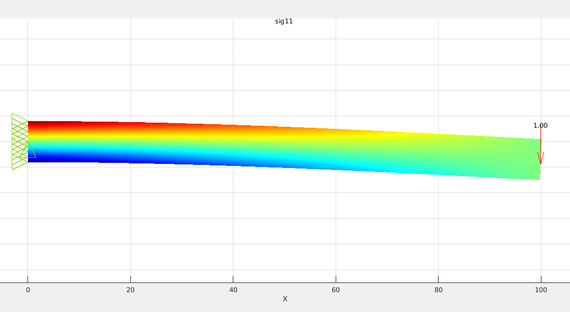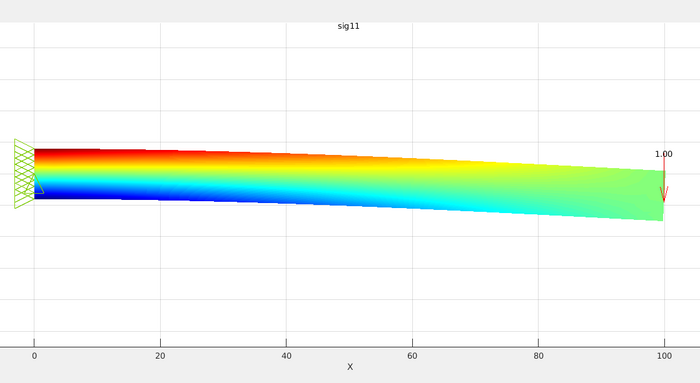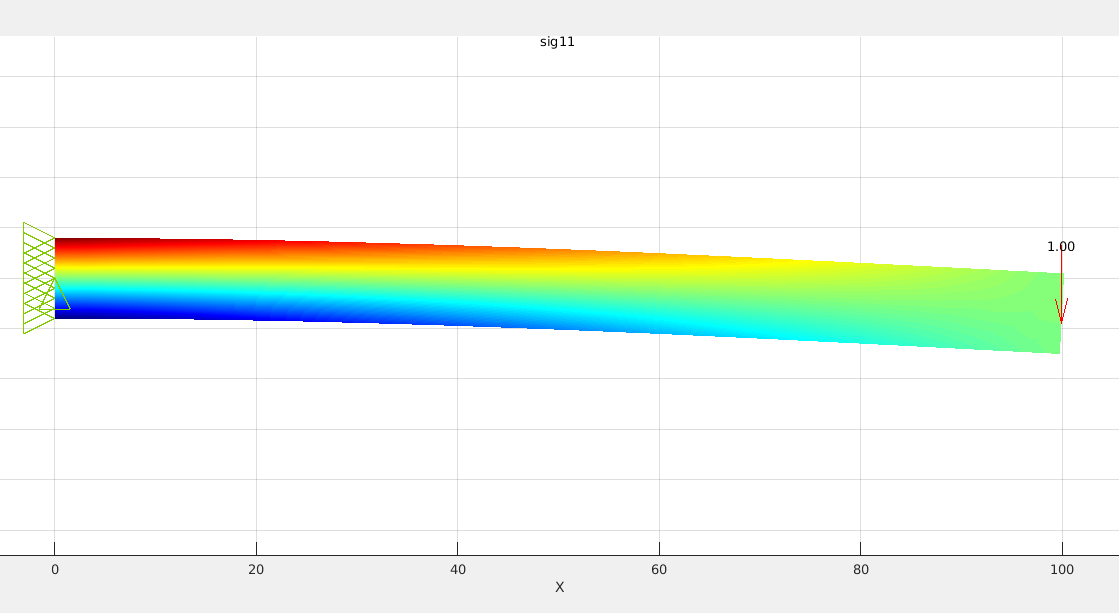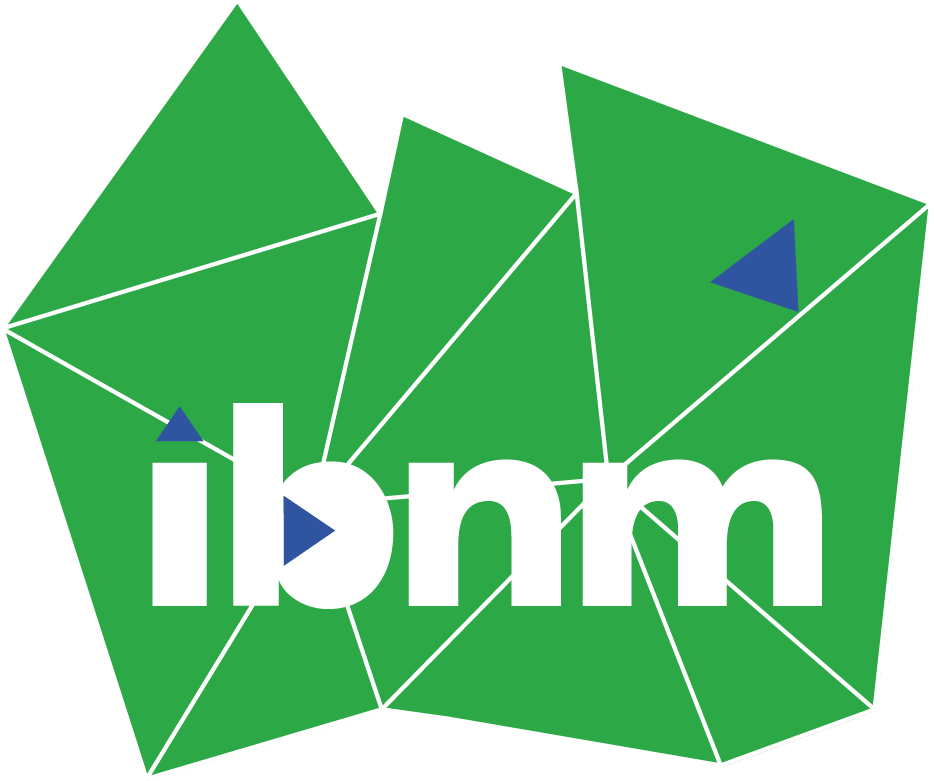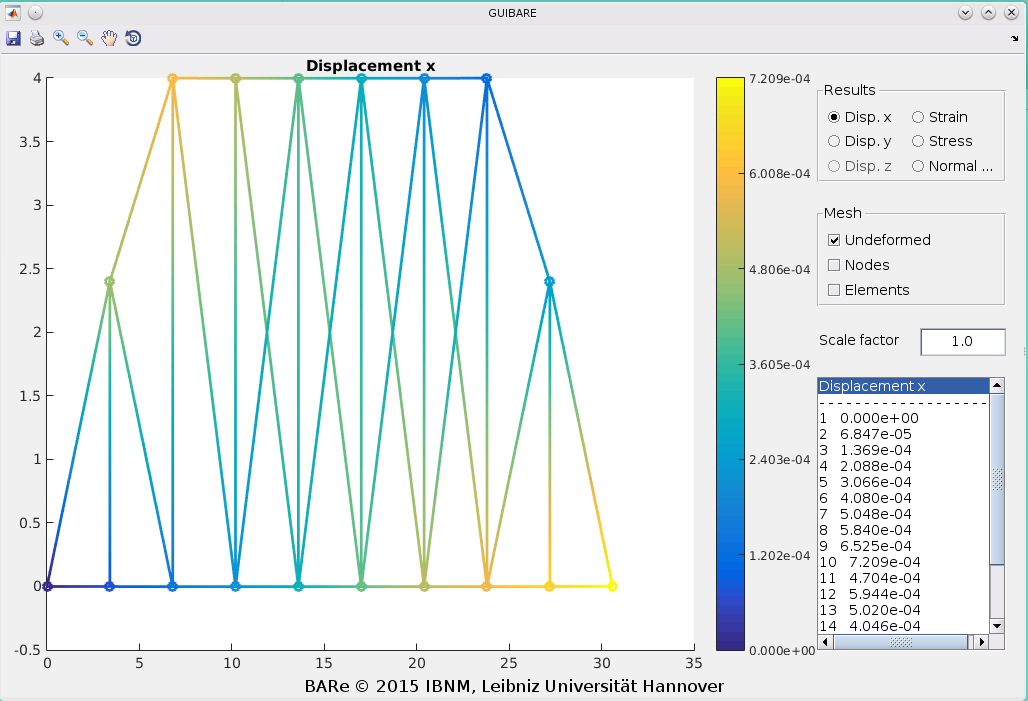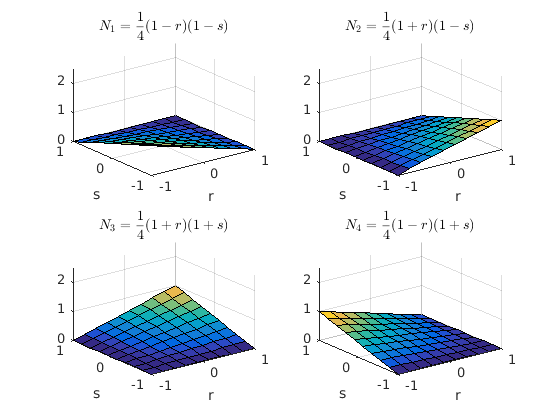Today powerful commercial Finite Element software is available for engineers to perform computational analyses of mechanical structures. The aim of this module is to guide the students into the basic theories of these computational methods and to prepare them for a competent and critical application of these software programs within the context of linear solid mechanics.
Acquisition of competencies
In this module an introduction to the Finite Element Method (FEM) is provided. Upon successful completion of the course, students are able to
explain the theoretical background of the Finite Element Method for static and dynamic problems and demonstrate a thorough understanding of mechanical principles,
conduct linear-elastic analyses, determining deformations and strains, and interpret their results,
name possible sources of errors and assess analysis results based on the modelling assumptions,
suggest improvements of the models and structural details of the examined systems and choose suitable techniques for verifying and validating finite element models.
In this module students will be introduced to commercial Finite Element Method software. Internal processes and algorithms will be studied on a well-structured Finite Element program written in Matlab.
Form of teaching
The module "Computational Mechanics" is offered in the winter term using the flipped classroom approach. This means that all contents are provided for self-directed study on the learning platform ILIAS. Based on that, we support you by offering on-campus/synchronous sessions such as compact lectures, interactive workshops, tutorials, and guest lectures from the industry.
In addition, the module can be taken each term as a pure online-module meaning instead of contact classes we offer materials and help for you own personal study. All learning materials in German language are clearly structured on the learning platform ILIAS.
